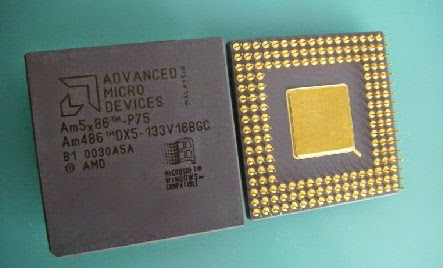Reply 40 of 115, by Anonymous Coward
- Rank
- l33t
I'm glad you appreciate the Inwin case. I've always had a thing for them. They remind me of the old Acer 486 desktop cases. Prior to containing retro computer parts, it was part of my main system until I moved to mATX (also a desktop). I go out of my way to get the desktop cases.
I also like full towers. Prior to this setup, the VL/EISA board was in a huge full tower AT case with all black drive panels (it just needed a few finishing touches). It looked really sharp, but it was huge and weighed a tonne.
I'm pretty sure on my VL/EISA board that the bus speed is determined by a DIP clock generator chip. I would be able to swap it if I could lay my hands on a pin compatible unit that did 60MHz. However, I have not been able to locate the datasheets for my clock generator, so I have no idea if there is anything that could work in it's place.
I believe the 14.xxMHz metal can crystal sets the speed of the OSC signal on the ISA bus. Screwing with it is a bad idea. I've tried this in the past, and and it just messes things up.
I am not exactly sure which of the ICs on my board is the North Bridge. There are 3 or 4 of them in the set. At 66MHz, I did none of them got warm enough to make me want to remove my hand.
I will check up on the 5x86 steppings for you later. It's really weird. I used to have an ADZ and an ADW. Now I appear to have two ADZ chips. My memory is lousy, but I think I must have acquired a 3rd 5x86 later on, and misplaced or traded my ADW.
On a Cyrix 5x86 chip, isn't LSSER always set to 0 by default unless your BIOS enables it?
"Will the highways on the internets become more few?" -Gee Dubya
V'Ger XT|Upgraded AT|Ultimate 386|Super VL/EISA 486|SMP VL/EISA Pentium

